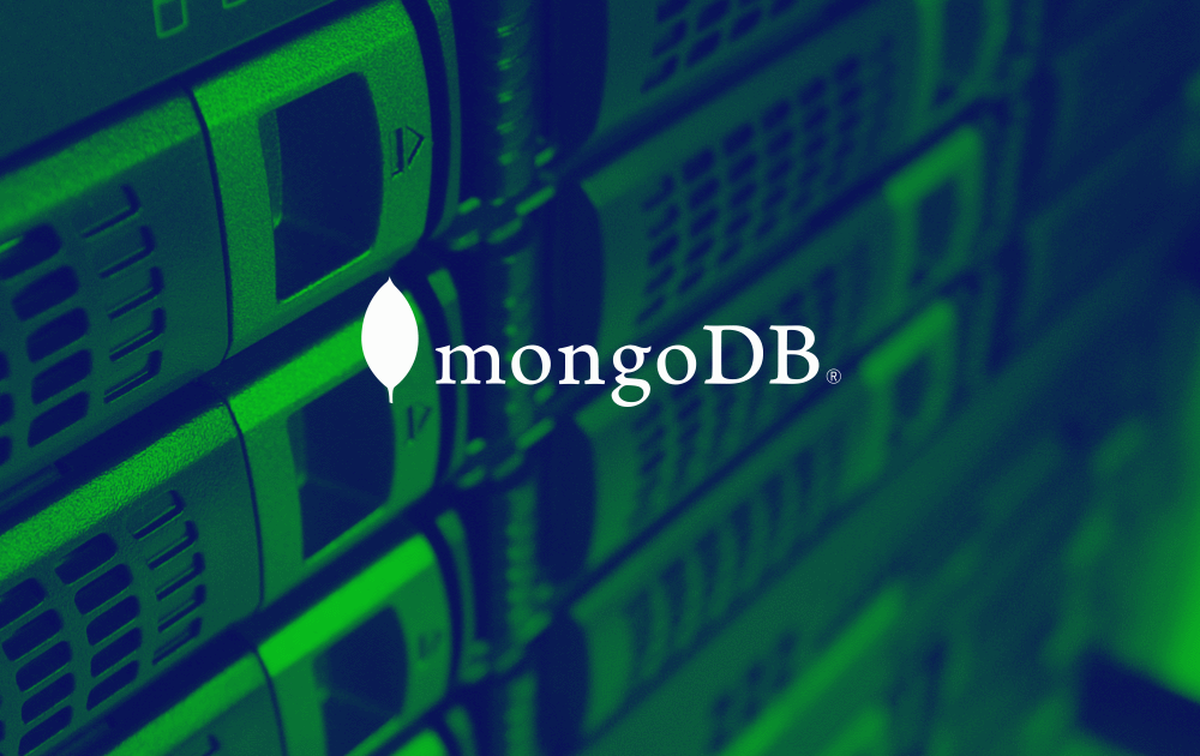
What is MongoDB?
As a definition, MongoDB is an open-source database that uses a document-oriented data model and a non-structured query language. It is one of the most powerful NoSQL systems and databases around, today.
Being a NoSQL tool means that it does not use the usual rows and columns that you so much associate with the relational database management. It is an architecture that is built on collections and documents. The basic unit of data in this database consists of a set of key–value pairs.It allows documents to have different fields and structures. This database uses a document storage format called BSON which is a binary style of JSON documents.
The data model that MongoDB follows is a highly elastic one that lets you combine and store data of multivariate types without having to compromise on the powerful indexing options, data access, and validation rules. There is no downtime when you want to dynamically modify the schemas. What it means that you can concentrate more on making your data work harder rather than spending more time on preparing the data for the database.
Why do you need MongoDB technology?
This technology overcame one of the biggest pitfalls of the traditional database systems, that is, scalability. With the ever evolving needs of businesses, their database systems also needed to be upgraded. MongoDB has exceptional scalability. It makes it easy to fetch the data and provides continuous and automatic integration. Along with these benefits, there are multiple reasons why you need MongoDB:
- No downtime while the application is being scaled
- Performs in-memory processing
- Text search
- Graph processing
- Global replication
- Economical
Moreover, businesses are increasingly finding out that MongoDB is ticking all the right boxes when it comes to meeting the business requirements. Here is how:
- MongoDB provides the right mix of technology and data for competitive advantage.
- It is most suited for mission-critical applications since it considerably reduces risks.
- It increasingly accelerated the time to value (TTV) and lowered the total cost of ownership.
- It builds applications that are just not possible with traditional relational databases.